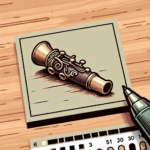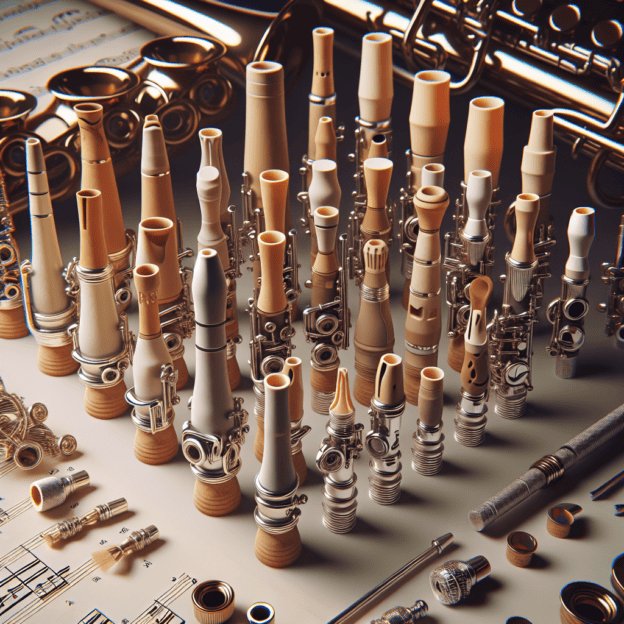Understanding Mouthpiece Tip Opening
When you're looking to improve your clarinet sound, one of the key factors to consider is the mouthpiece tip opening. This little detail can make a world of difference! So, what's all the fuss about? For clarinets, the mouthpiece is crucial in shaping your sound. The tip opening affects airflow, resistance, and overall ease of play. Imagine trying to sip a thick shake through a tiny straw versus a big one—you see instantly how it changes the experience! That's pretty much how clarinetists feel when they select their mouthpiece.
Wide vs. Narrow Openings
A wider mouthpiece tip opening generally allows more air to flow through, which can create a bolder, more powerful sound. It opens up more possibilities for dynamics, letting you play louder passages without feeling completely out of breath. But don't rush into it too quickly! With increased airflow comes the need for more precise control and technique. This might not be the best option if you're just starting out, as it can be a bit overwhelming and tough on the embouchure.
On the flip side, a smaller tip opening can provide a more controlled sound, perfect for softer passages and intricate melodies. It can feel more focused, allowing you to hit those high notes with less effort. There's a sweet spot for everyone, though, and the ‘right' opening often depends on your unique playing style.
| Tip Opening Size | Characteristics | Suitable For |
|---|---|---|
| Wide | Bolder sound, more airflow, louder dynamics | Experienced players, jazz, loud ensemble work |
| Narrow | Controlled sound, easier high notes, softer dynamics | Beginners, classical music, chamber ensembles |
Brand Variations
Speaking of personal preferences, did you know that brands like Martin Freres have mouthpieces that cater to various playing styles? They've done a great job of creating options that range from wider tip openings for those looking to project their sound to tighter openings for players who prefer finesse. Having an idea of what to expect can help you make an informed choice, enhancing your musical journey.
Intonation Effects
Now, let's not forget about intonation, folks! The size of your mouthpiece tip opening can affect how your clarinet intonates across its range. A mouthpiece that's too open might lead to flat notes when playing lower registers, while one that's too tight may produce sharpness in the upper range. Keeping your clarinet in tune is essential for a harmonious performance, so take that into account! Remember, you can always ask professionals or explore customization options if you're looking for that perfect fit.
Maintenance Tips
Maintenance is equally important to ensure your mouthpiece remains in top shape. Regular cleaning and care can extend the life of your clarinet mouthpiece significantly. Use a soft cloth to remove moisture and grime after each use; it's a simple act that goes a long way! For deeper cleanings, consider using specialized mouthpiece brushes that can get to those hard-to-reach spots.
Experimenting and Finding Your Fit
Finally, don't forget the importance of experimenting! Trying out different mouthpiece tip openings will allow you to find the perfect match for your style. Whether you're playing with a small group or engaging in a grand orchestra setting, the right mouthpiece can make your performance more enjoyable and fruitful.
So go ahead! Explore your options and let your clarinet reach its full potential. With the right mouthpiece tip opening, you might just surprise yourself with the sound you can produce. Happy playing!







